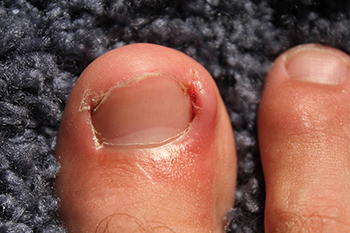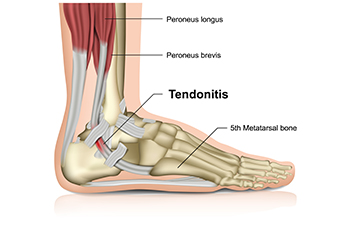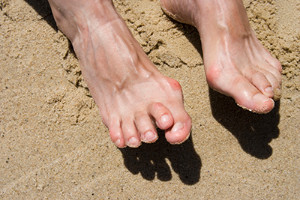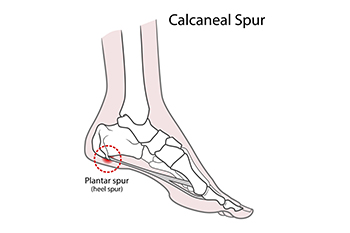
Ingrown toenails are certainly no fun. When the side of a toenail grows into the skin, and the skin essentially grows over the nail, irritation can ensue. Ingrown toenails are also associated with redness of the skin. If you are someone that is living with an ingrown toenail, you may consider visiting a podiatrist to get the toenail cut. It is important to note that removing the ingrown toenail is typically a remedy that is saved for more severe cases. If a medical professional cuts the nail, they normally use the correct method of cutting the nail straight across using nail clippers. They also may use tweezers or other tools to get the nail to grow in the proper direction. However, the nature of trimming the toenails will vary from case to case, as each ingrown toenail is unique. If you are living with an ingrown toenail, it is suggested that you schedule an appointment with a podiatrist who can determine the best way to cut your toenails.
Ingrown toenails can become painful if they are not treated properly. For more information about ingrown toenails, contact one of our podiatrists of InStride Family Foot Care. Our doctors can provide the care you need to keep you pain-free and on your feet.
Ingrown Toenails
Ingrown toenails occur when a toenail grows sideways into the bed of the nail, causing pain, swelling, and possibly infection.
Causes
- Bacterial infections
- Improper nail cutting such as cutting it too short or not straight across
- Trauma to the toe, such as stubbing, which causes the nail to grow back irregularly
- Ill-fitting shoes that bunch the toes too close together
- Genetic predisposition
Prevention
Because ingrown toenails are not something found outside of shoe-wearing cultures, going barefoot as often as possible will decrease the likeliness of developing ingrown toenails. Wearing proper fitting shoes and using proper cutting techniques will also help decrease your risk of developing ingrown toenails.
Treatment
Ingrown toenails are a very treatable foot condition. In minor cases, soaking the affected area in salt or antibacterial soaps will not only help with the ingrown nail itself, but also help prevent any infections from occurring. In more severe cases, surgery is an option. In either case, speaking to your podiatrist about this condition will help you get a better understanding of specific treatment options that are right for you.
If you have any questions please feel free to contact our offices located in Concord, Charlotte, and Salisbury, NC . We offer the newest diagnostic and treatment technologies for all your foot and ankle needs.




